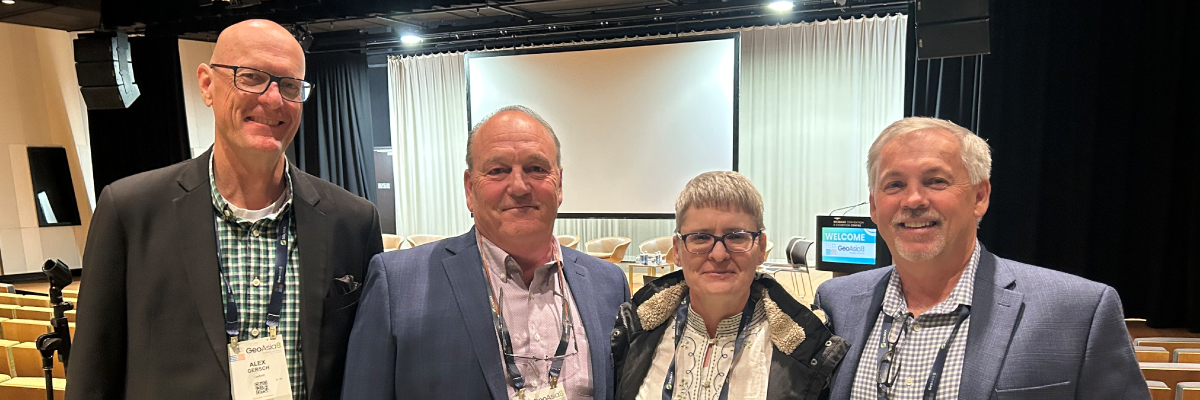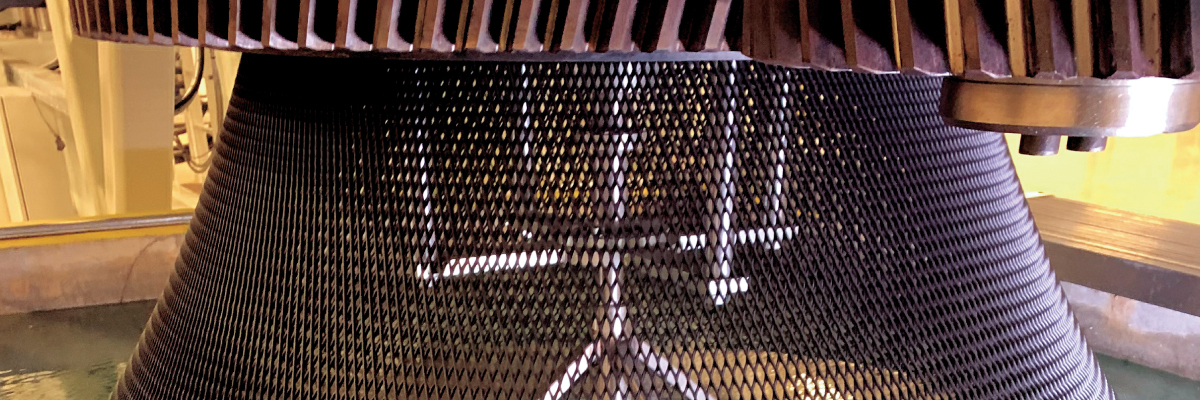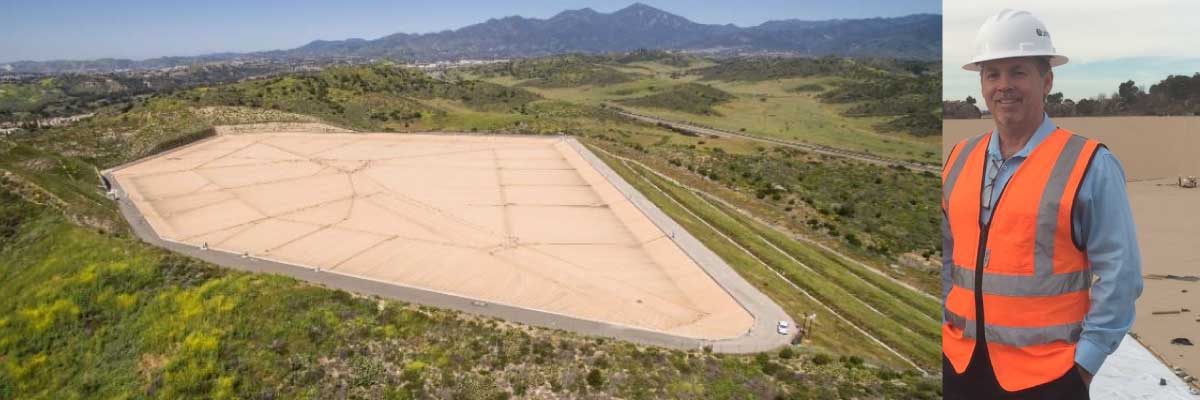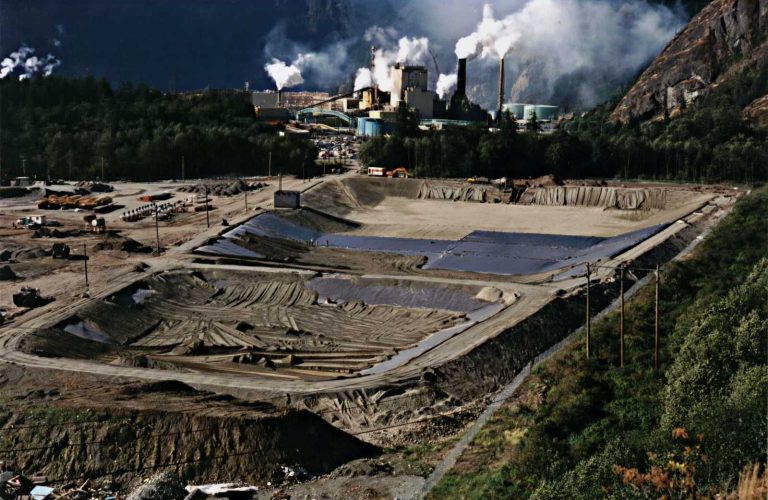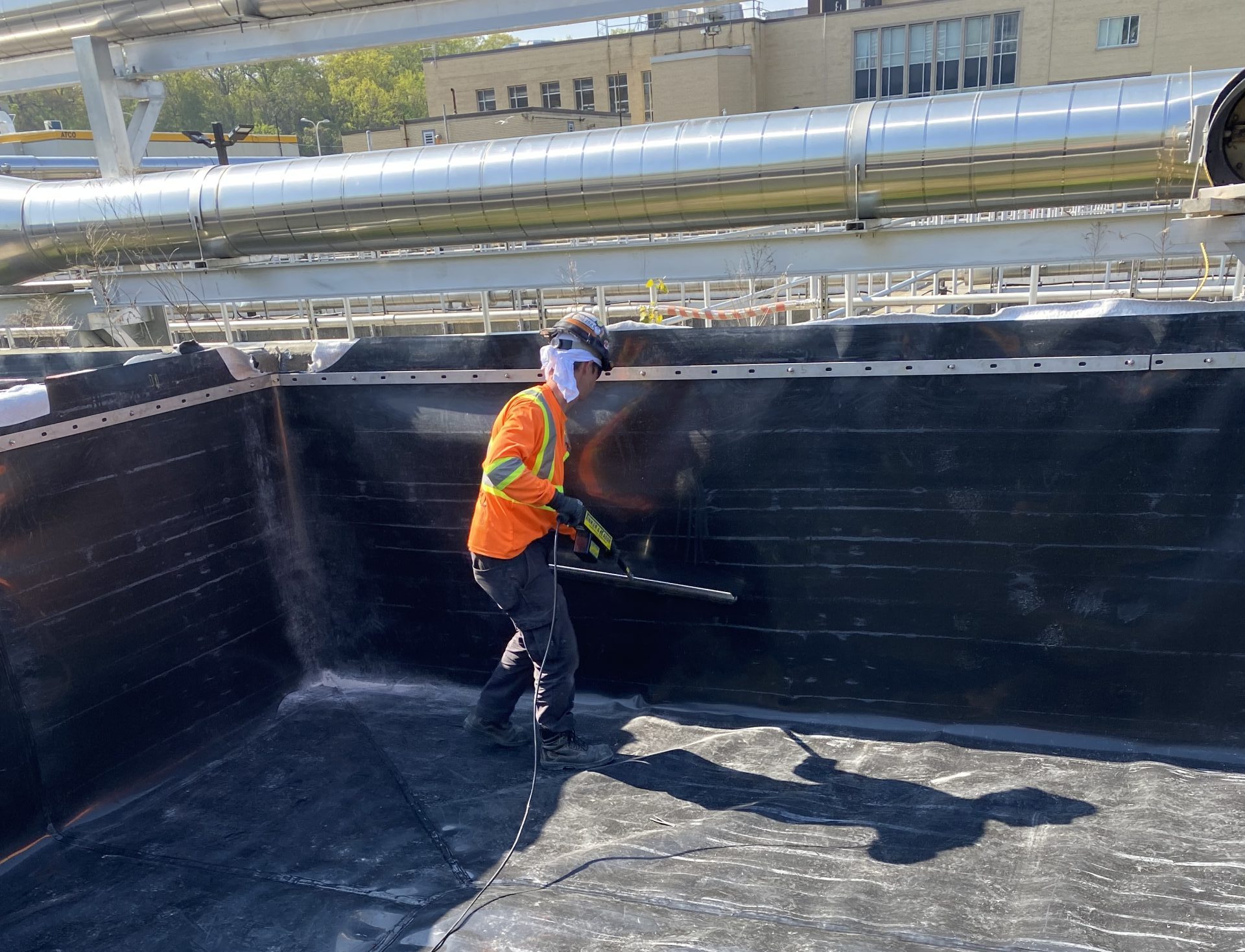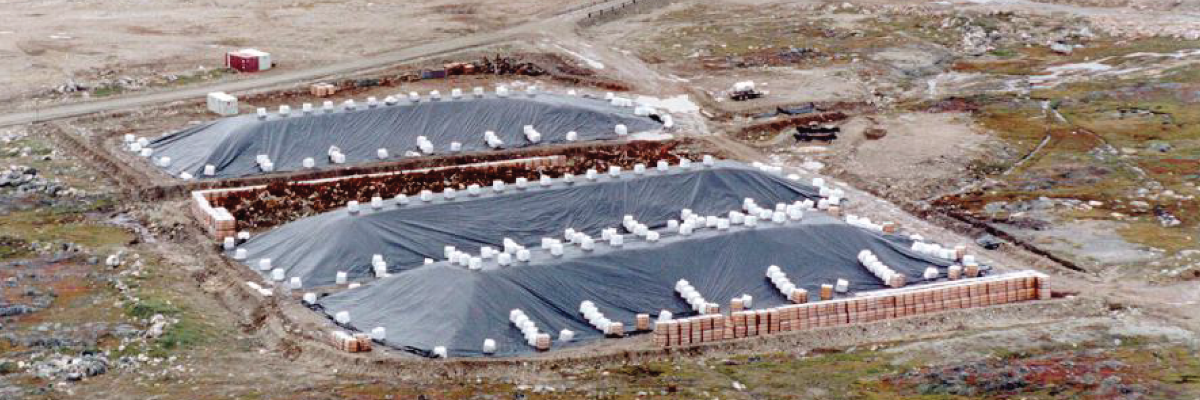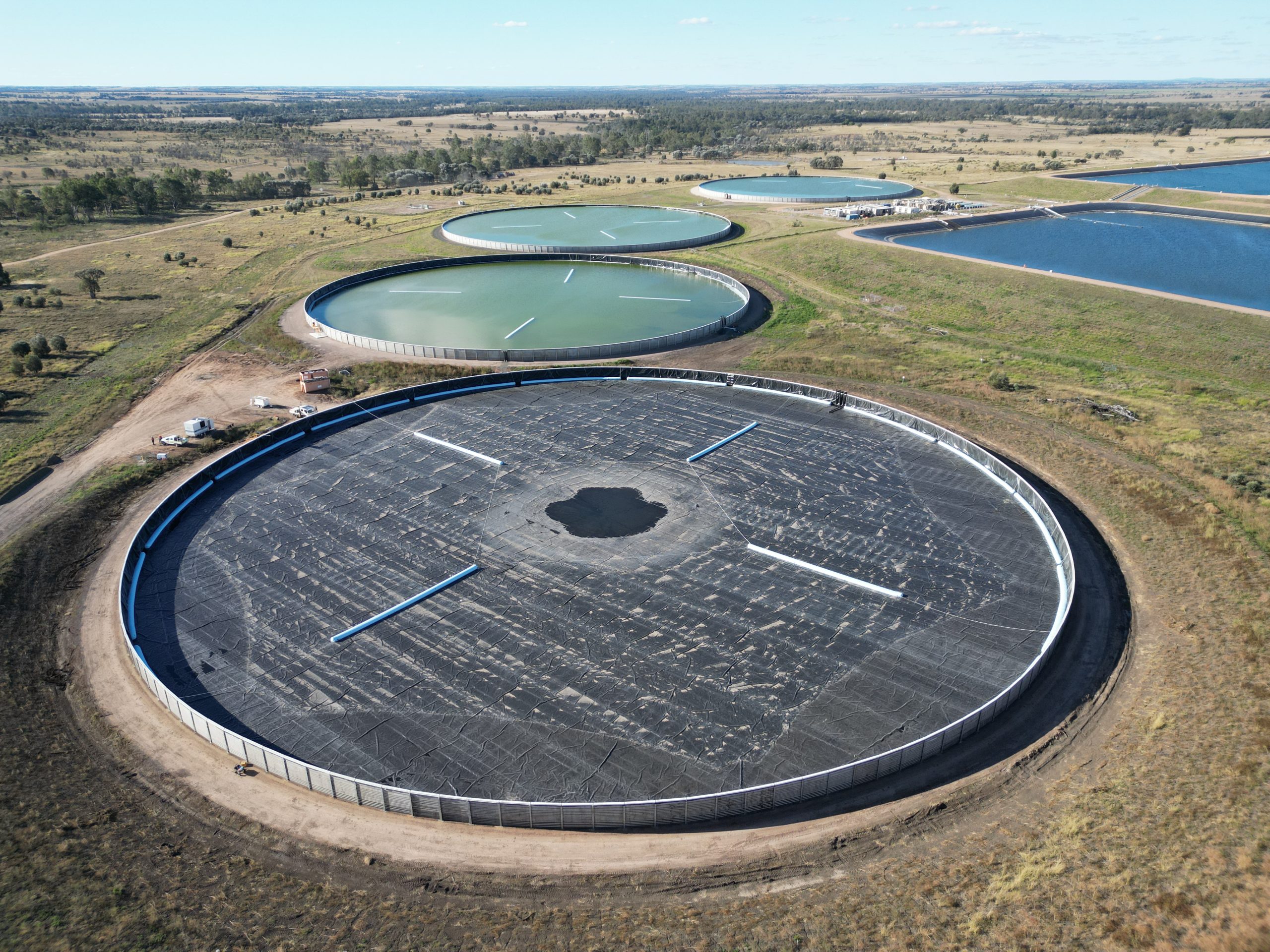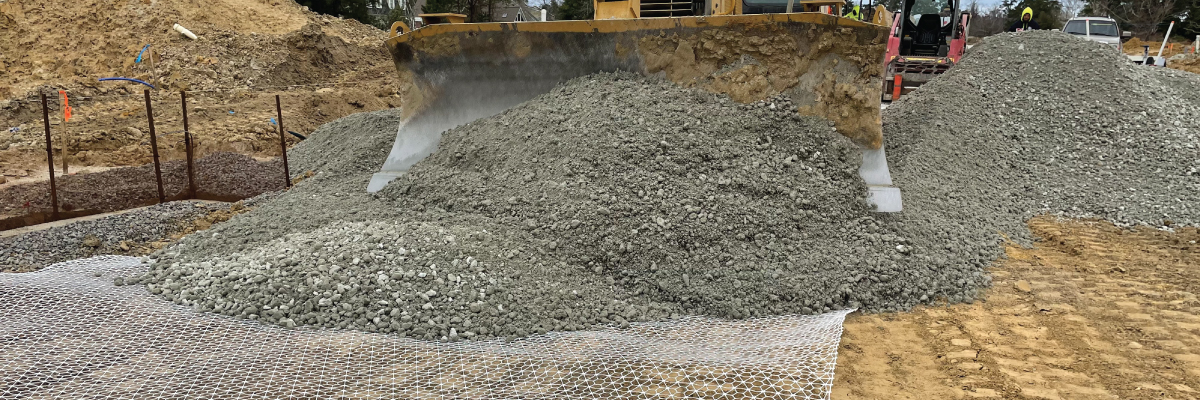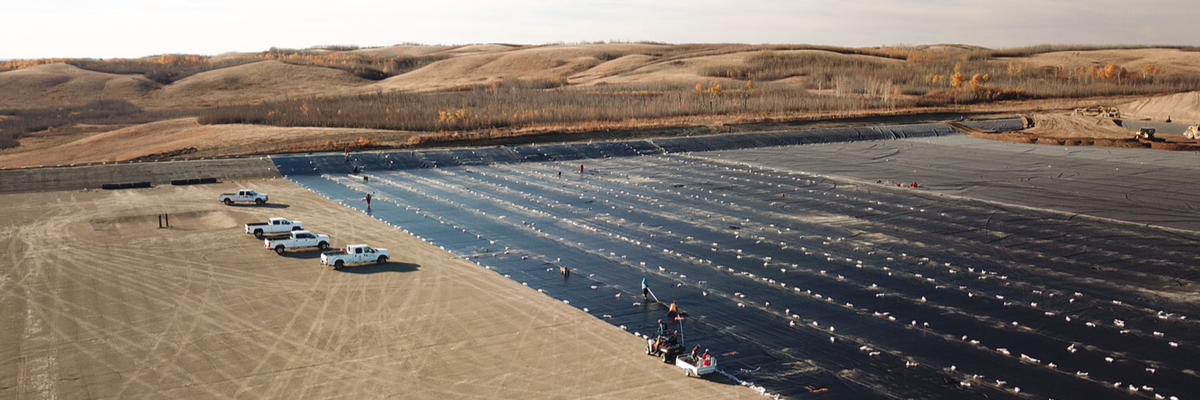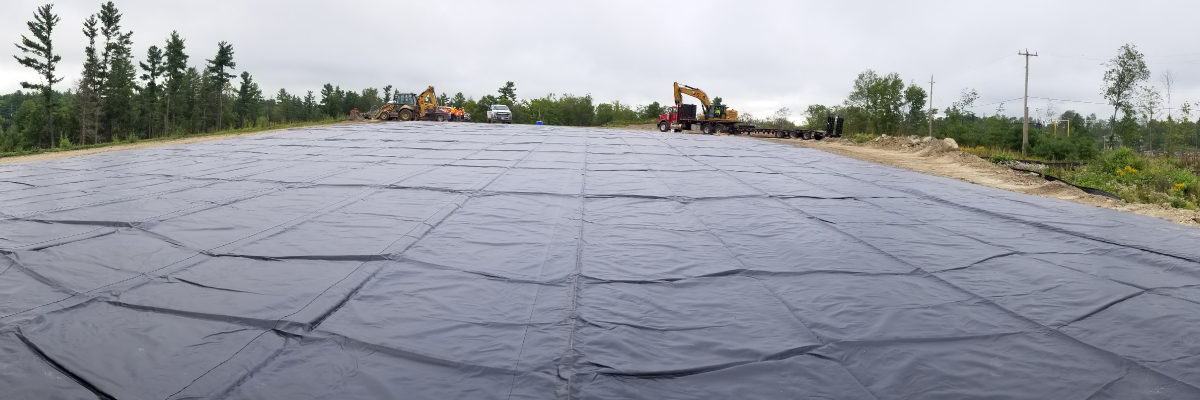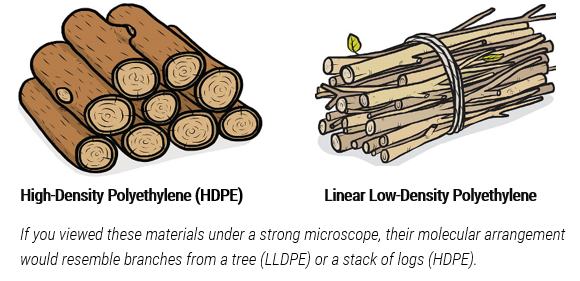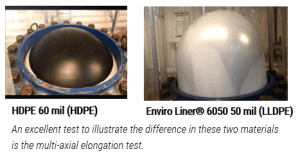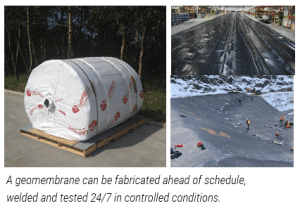During the geomembrane selection process, a common question raised is: Which geomembrane is most suitable for my application?
This Tech Note will explore the advantages and disadvantages of the two most common geomembranes, High-Density Polyethylene (HDPE) and Linear Low-Density Polyethylene (LLDPE), to help enable you to make a more informed selection.
HDPE and LLDPE are commonly suggested during the design phase for primary and secondary containment because both materials have excellent chemical resistance characteristics. The similarity in high chemical resistance characteristics is due to the materials sharing the same geomembrane family, polyolefins. While they have similar chemical resistance characteristics, HDPE and LLDPE have unique molecular configurations and yield different mechanical properties. These properties should be evaluated during the geomembrane selection process, as they contribute to the success of the product.
An important factor when comparing HDPE to LLDPE is material flexibility. While HDPE has a greater puncture resistance, LLDPE is more flexible and can be stretched easily over obstructions. With greater flexibility, LLDPE can be prefabricated before field installation, as opposed to the stiffer HDPE, which must be welded on-site. For larger projects, the roll dimensions of HDPE may offset the prefabrication advantage of LLDPE. HDPE is slightly less expensive than LLDPE when measuring pound for pound but can be offset by the ability to manufacture thinner grades of LLDPE.
Shop vs. Field Fabrication: As previously mentioned, an essential consideration for geomembrane selection is the ability of LLDPE to be prefabricated in the shop. Therefore, the geomembrane can be fabricated ahead of schedule, welded and tested 24/7 in controlled indoor conditions. This is in contrast to HDPE that is field seamed and therefore subject to the potentially adverse effects of weather, crew capacity, and site conditions.
As mentioned above, HDPE cannot be shop fabricated and must be installed in the field because the material has a greater puncture rate and is a stiffer material. When folded over itself, HDPE will stretch beyond its yield point and cause the geomembrane to be potentially damaged, weakening the product. Unlike HDPE, LLDPE can be prefabricated in the shop, and when folded over itself, the geomembrane is flexible and does not sustain damage.
In anticipation of installation in the field, LLDPE can be shop fabricated, welded indoors, and accordion folded and rolled up before being delivered to the site. With more substantial project sizes, several large panels can be delivered to the site and welded together in a large patchwork quilt arrangement. Each LLDPE panel is approximately 4,000 pounds, and depending on the thickness, very large panels of 25,000 square feet or greater can be prefabricated into one. The benefit of larger prefabricated panels is that they require far fewer hours of installation in the field.
The chart below compares the mechanical properties of 40 mil HDPE to 40 mil LLDPE. Note the difference in elongation.
| Standard | ASTM | HDPE 40mil Smooth | LLDPE 40mil Smooth |
| Nominal Thickness | D5199 | 40 mil 1.0 mm | 40 mil 1.0 mm |
| Density | D792 | 0.94 | 0.939 |
| Tensile Strength | D638 Stress at Yield | 84 ppi 15 kN/m | 152 ppi 26.6 N/mm |
| Tear Resistance | D1004 | 28 lbs 125 N | 22 lbs 98 N |
| Elongation | D638 | 18% | 800% |
| Puncture Resistance | D4833 | 72 lbs 320 N | 61 lbs 271 N |
| Black Content | D1603 | 2.0 – 3.0% | 2.0 – 3.0% |
| Low Temperature Impact Resistance | D746 | -69°F -56°C | -69°F -56°C |
With several factors to consider during the selection process, it can often be challenging to decide on the most suitable geomembrane for your application. Wind, moisture, temperature fluctuations, installation location, and construction schedules are only a few considerations that should be included when deciding on the most suitable geomembrane for your application.
When questions arise during your geomembrane selection process, ask Layfield for help making further informed decisions. With over four decades of experience in the industry, Layfield can customize and suggest geomembranes for your applications to ensure timeliness of completion and meet environmental and safety requirements.
Related Articles
View All News